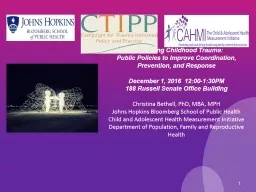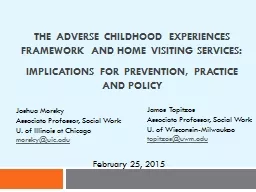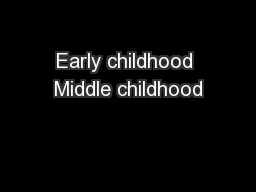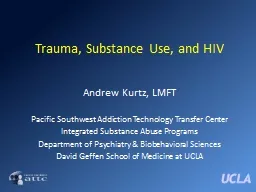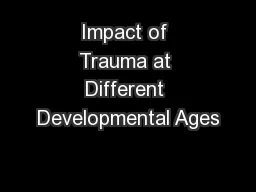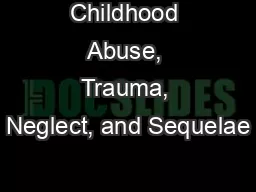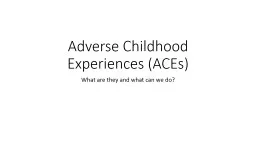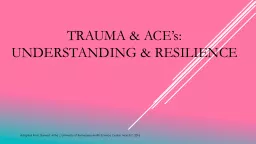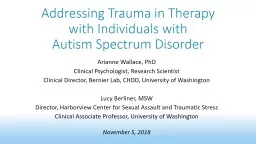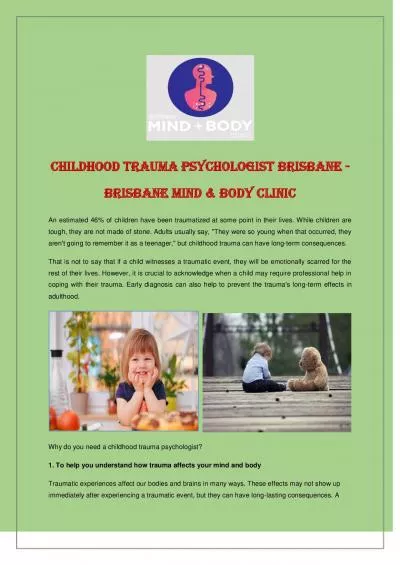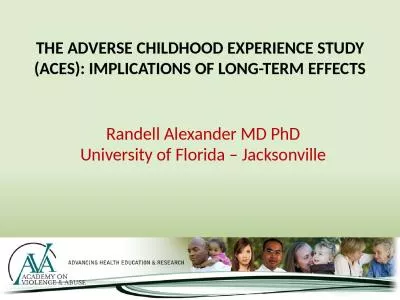PPT-1 Addressing Childhood Trauma:
Author : luanne-stotts | Published Date : 2019-11-08
1 Addressing Childhood Trauma Optimizing Use of the National Survey of Childrens Health January 25 2017 PM 230400PM ET Christina Bethell PhD MBA MPH Johns Hopkins
Presentation Embed Code
Download Presentation
Download Presentation The PPT/PDF document "1 Addressing Childhood Trauma:" is the property of its rightful owner. Permission is granted to download and print the materials on this website for personal, non-commercial use only, and to display it on your personal computer provided you do not modify the materials and that you retain all copyright notices contained in the materials. By downloading content from our website, you accept the terms of this agreement.
1 Addressing Childhood Trauma:: Transcript
Download Rules Of Document
"1 Addressing Childhood Trauma:"The content belongs to its owner. You may download and print it for personal use, without modification, and keep all copyright notices. By downloading, you agree to these terms.
Related Documents

